After five years of preparation and significant input from stakeholders, the California Department of Water Resources today released its updated California Water Plan which places significant emphasis on integrated regional water management and multi-agency collaboration.
The voluminous document – dubbed Update 2013 due to its original expected date of completion – outlines the goals state water managers hope to see implemented in California’s water system through 2050. Among its top priorities is the implementation of Gov. Jerry Brown’s five-year California Water Action Plan. The update contains 300 specific actions to support the governor’s plan, which include expanding water storage capacity, providing safe drinking water and making conservation a way of life.
“When it comes to water our challenges are as diverse as our state of 38 million people,” said Secretary of Natural Resources John Laird in a conference call with reporters. “Right now we face one of the most extreme droughts in modern times.”
Laird added that the water plan update is “the most comprehensive guide to statewide water challenges and solutions.”
“We have never produced a plan before that has depended so heavily on the involvement of so many stakeholders,” said Laird.
The plan also focuses on the need for stable funding for investments in water innovation and infrastructure. According to the document, local entities such as water districts, cities, counties and utilities spend about $18 billion a year on water, as compared with the roughly $2 billion spent annually by the state and federal governments. Update 2013 predicts that California will need investments of $200 billion over the next few decades just to maintain its current system and about $500 billion to upgrade it.
ACWA participated in and helped coordinate water agency stakeholder input by serving on the DWR Public Advisory Committee, which helped inform the technical and policy landscape for the CA Water Plan.
Mark Cowin, director of DWR, said that the current drought is ‘testing the system” and the water plan “lays out a basic approach of improving the resiliency of our water system and facing future challenges.”
One of the key themes of the document is a call for increased intergovernmental collaboration from the federal, state and local levels as well as the integration of land use planning with water planning.
“California’s complex water system features federal and state water projects, hundreds of local water districts, large coastal cities, and vast tracts of farmland,” Cowin said in a prepared statement. “To manage our water wisely, Californians need a shared understanding of our challenges and a vision for the future. The California Water Plan Update 2013 delivers that and creates a path forward.”
Officials today released a ”highlights” booklet of the plan and its first three volumes. The remaining two volumes will be released in a few weeks.
Update 2013 includes summaries of over 30 water/resource management strategies available throughout California as well as a snapshot of regional water conditions and a range of future climate change scenarios.
The water plan is available here.



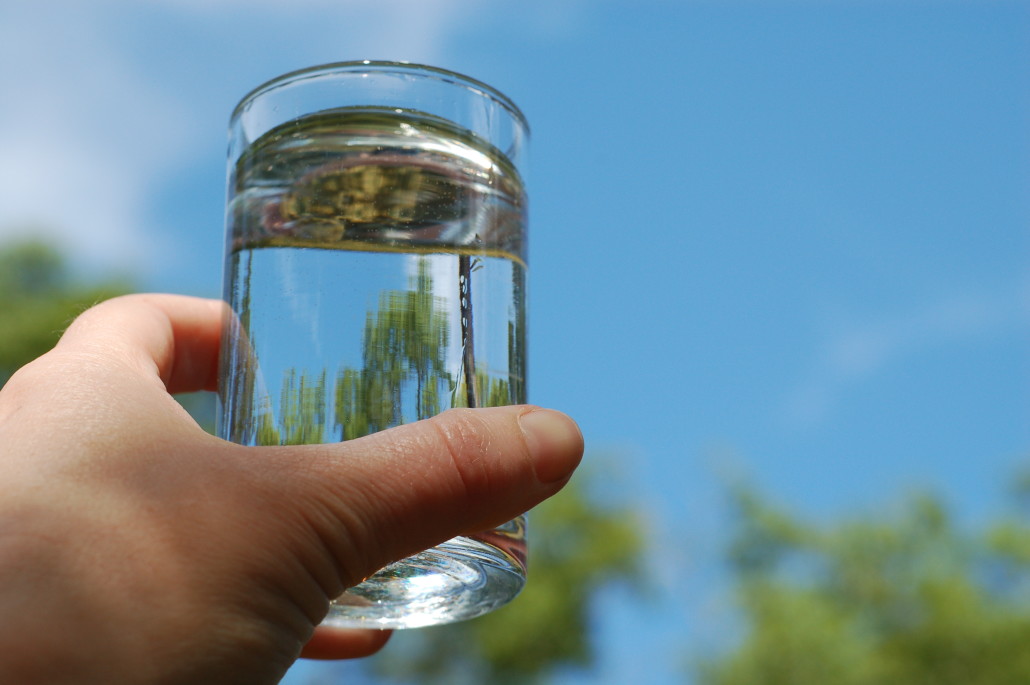






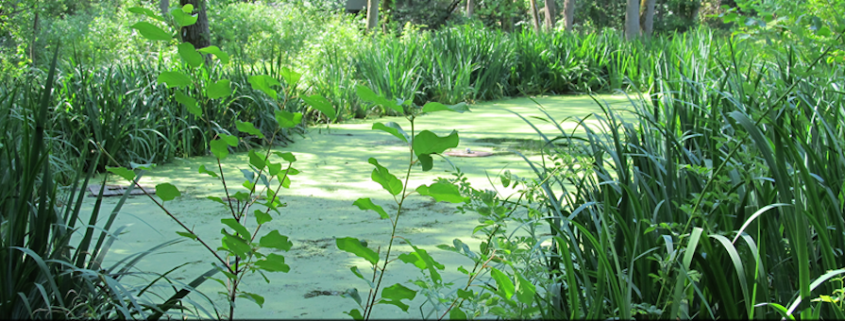



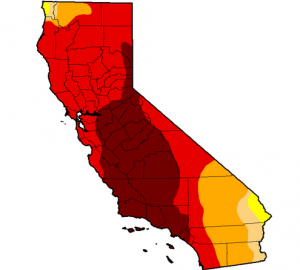
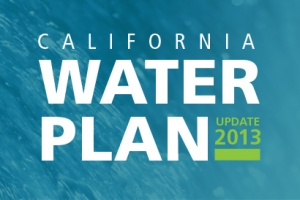
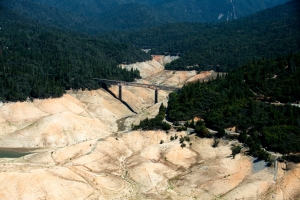

Follow Us!